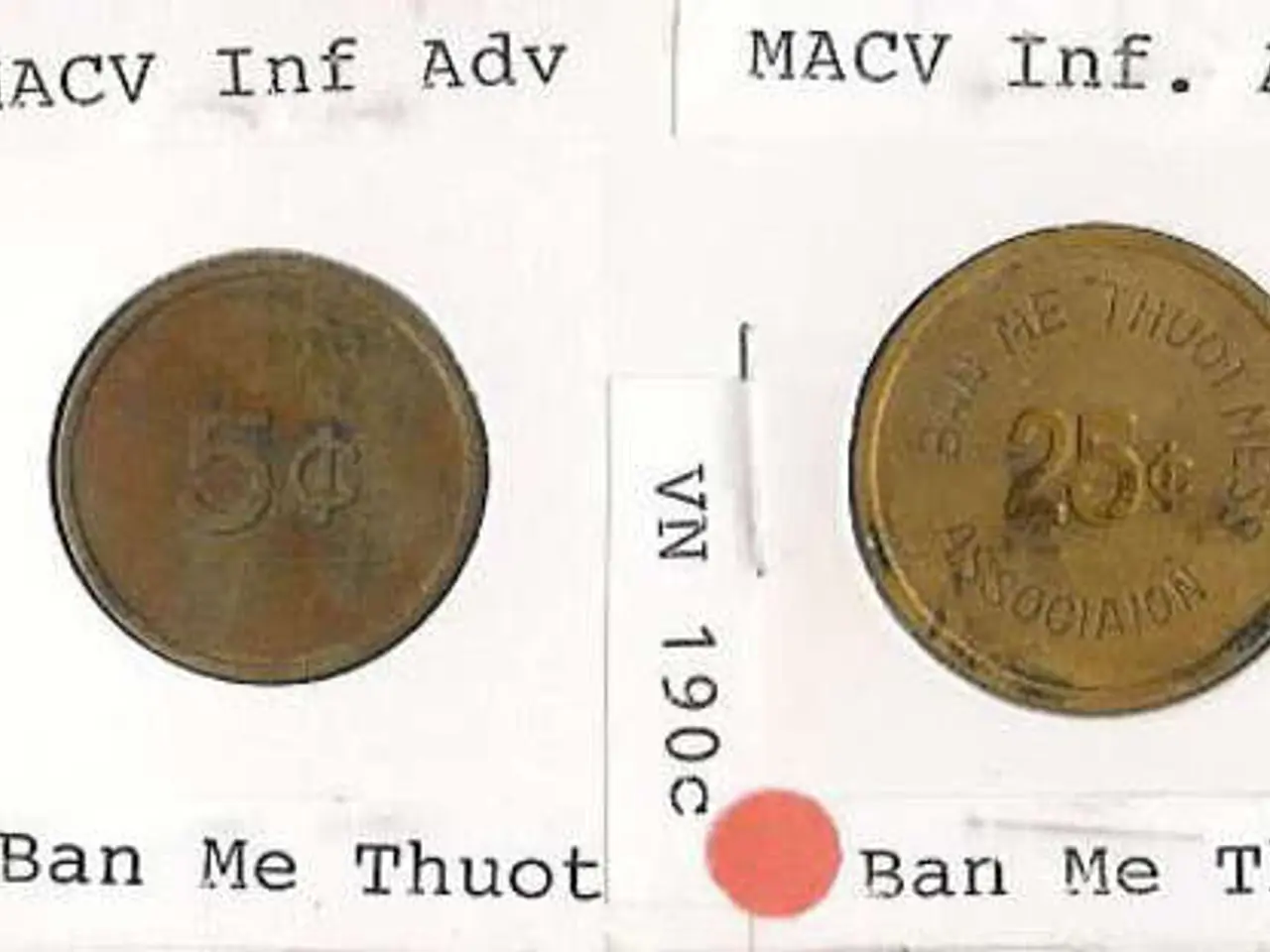Monthly payment of an annuity purchased at age 65, worth $400,000.
In a Nutshell:
As soaring expenses and tumultuous markets make retirement savings less predictable, many approaching retirees seek a reliable income stream. A popular option is buying a fixed annuity, which offers guaranteed monthly payments for life, even amid market volatility. With today's higher interest rates, the timing couldn't be better for annuity buyers, as it means higher monthly payouts. Here's a glimpse at the monthly income you could receive from a $400,000 annuity bought at age 65.
What does a $400,000 annuity pay monthly for a 65-year-old?
An immediate fixed annuity of $400,000, purchased at age 65, can yield substantial monthly income. But these figures will vary based on personal circumstances. For a better idea of monthly payments, consider the following examples from an analysis of Cannex data by Annuity.org:
- Man, age 65: Around $2,590 per month
- Woman, age 65: Approximately $2,482 per month
- Joint life, age 65: Around $2,246 per month
Keep in mind that monthly payments are affected by factors like interest rates, life expectancy, annuity type, and optional features. Females usually receive lower payments because they tend to have a longer lifespan, while higher interest rates can lead to more attractive payouts. Additional features like cost-of-living adjustments and guaranteed minimum income can affect your monthly payment while potentially offering valuable benefits.
Is a $400,000 annuity suitable for your retirement plan?
Deciding whether a $400,000 annuity fits your retirement aspirations requires considering your overall financial situation and retirement goals. This substantial investment can be a worthwhile investment for certain individuals, offering financial security in uncertain times. However, it may not be appropriate for everyone.
The guaranteed monthly income formed by an annuity can be priceless, as it remains constant even amid economic upheaval, assisting in covering essential costs like housing, healthcare, and daily living expenses. Nevertheless, annuities come with trade-offs. Once purchased, your investment becomes illiquid, which can pose concerns for emergency situations. Additionally, you sacrifice the potential for significant returns that stocks or other investments might bring.
Working with a financial advisor can help you determine whether an annuity is tailored to your unique situation and goals. In good health and anticipating a long retirement? An annuity could provide an impressive long-term income stream.
In Conclusion
A $400,000 annuity can offer substantial monthly income ranging from approximately $2,246 to $2,590 for men and women, depending on the chosen payout option. This guaranteed income stream forms a solid foundation for your retirement plan. The current high-interest-rate environment makes this a favorable time to consider an annuity purchase. Yet, this significant financial decision calls for careful consideration of your overall retirement income strategy, health status, and liquidity needs. Research extensively before making this decision and ensure an annuity aligns well with your broader retirement financial plans.
Byline:
Angelica Leicht is the senior editor for ourNews.com‘s Managing Your Money section, where she creates and curates pieces about various personal finance matters. Before joining ourNews.com, Angelica held editing roles at The Simple Dollar, Interest, HousingWire, and other financial publications.
- The guaranteed monthly income from a $400,000 annuity, purchased at age 65, can range from approximately $2,246 to $2,590, depending on the chosen payout option, making it a significant contribution to one's retirement plan.
- Health status can significantly impact retirement financial plans, as a long life expectancy may justify the investment in an annuity for a long-term income stream.
- In times of economic uncertainty, the stable income provided by an annuity can be particularly valuable, as it offers a reliable source of funds for essential expenses such as housing, healthcare, and daily living expenses.




